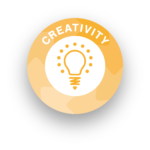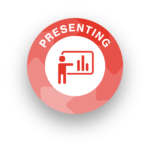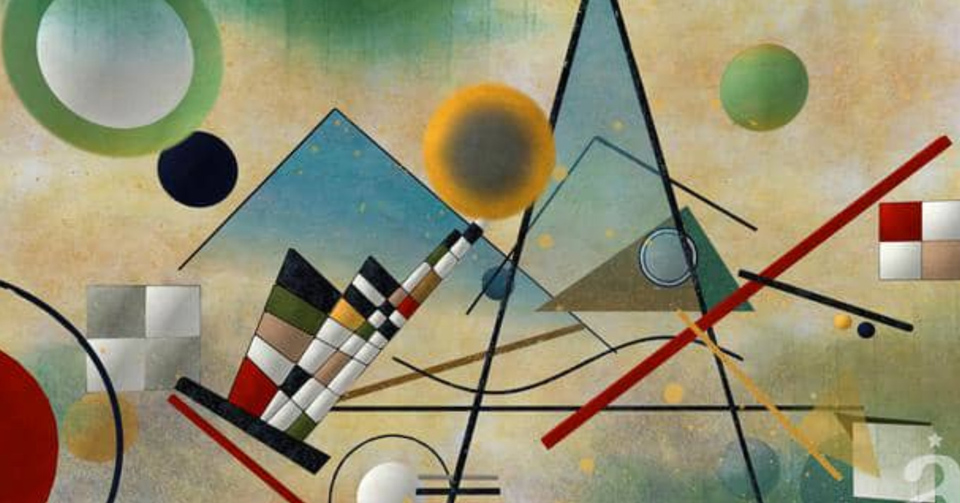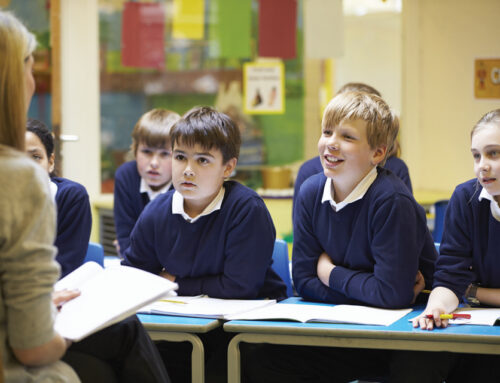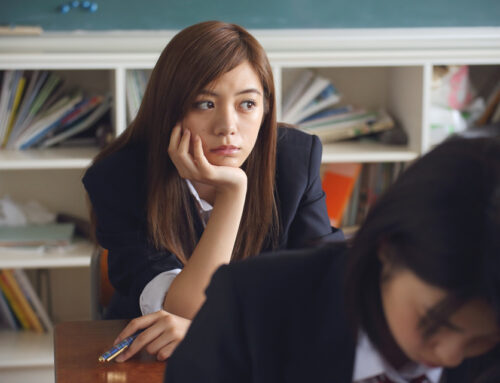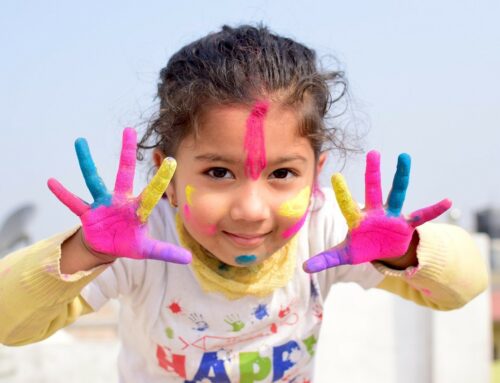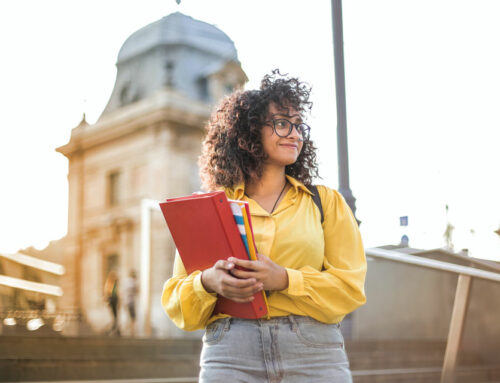Keeping a child with high learning potential engaged with the curriculum can require the interweaving of multiple subjects, levels and brain regions at the same time. Here are some inspiring ideas to stimulate the young film-maker, musician, mathematician, artist, journalist, politician, poet and more!
Children with high learning potential are described by Potential Plus UK as including children with: exceptional abilities; the ability if not necessarily the opportunity to achieve; dual or multiple exceptionality (gifted with a special educational need or disability); profoundly gifted (approximately 0.01% of children).
When dealing with bright children, try not to let them get overwhelmed with too many sensory inputs. When they are comfortable, these learners can create incredible work as they challenge several skill areas simultaneously.
Van Gogh and Kandinsky Go Multimedia!
A thoughtful application of film brings to life a child’s relationship with more ‘traditional’ art. Instead of culminating in the creation of a video (as with LitFilmFest resources, below), this creative journey starts with a film of amazing, living walkthroughs of artistic works put to narrative sounds and music.
You can find Van Gogh’s pictures in the film: No Blue Without Yellow by Maciek Janicki at https://youtu.be/gxN2K8Liz0g and find out more about how it was constructed at https://www.maciekjanicki.com/the-life-of-van-gogh/
and Kandinsky in the Alfred Imageworks film: Stereoscopic for Exhibition – Kandinsky https://youtu.be/C2htMUoXhCQ
To really bring Van Gogh alive using multimedia and an optical illusion, try out this amazing effect: Starry Night Illusion – https://youtu.be/LFqnyeufcjs?t=10 [It is important to check first that your learner(s) do not have any sensitivities that would rule out experiencing this.]
Project Suggestions
Tie these videos into one or several areas of the curriculum to really reap learning gains. You could:
- Build ‘Life Skills’ by asking how do the 3D, animated montages make students feel, think or react?
- Investigate what questions or projects this immersive approach inspires?
- Research the artists, their styles and key works and then identify as many features as possible in the videos.
- Sketch or paint in the style of either artist.
- Create a ‘flip book’ or some form of animation.
- Make a 3D model of a famous artwork, or in that style.
- Explore Kandinsky’s shapes in 3D as a Maths project, counting faces, measuring surface areas or scaling shapes, for example.
- Explore perspective and develop the learning through a maths or photography challenge.
- Delve into History with each artist, research their lives, how was society and what was the reaction to their Art at that time?
LitFilmFest (https://litfilmfest.com/)
With film-creation as its endpoint, LitFilmFest is the award-winning annual project that encourages children to make videos based around literacy projects that focus on various areas of the National Curriculum.
LitFilmFest aims to “accelerate progress in English and develop leaders of the future with the 21st century skills needed for success.” Paid membership includes lesson plans, worksheets, videos and advice for creating a school assembly, family event or show for fellow home-schoolers and free resources include Challenges https://litfilmfest.com/home-learning/challenges/ Daily Writing Videos https://litfilmfest.com/home-learning/daily-videos/ and Home Education Projects https://litfilmfest.com/home-learning/home-ed/
As noted at the start, try not to let high potential learners become overwhelmed with too many sensory inputs but do give them the opportunity to create incredible work by challenging several different skills and curriculum areas at the same time.
